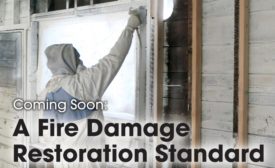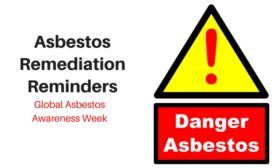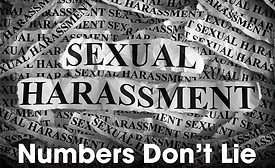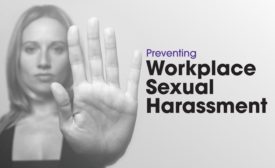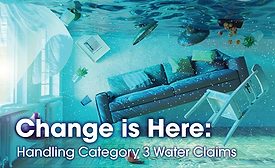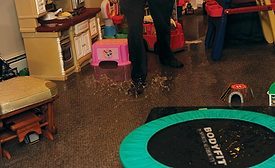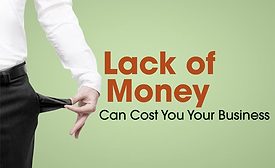Insurance/Legal Matters in Restoration
The development of the document, and an industry call to action.
Read More
Cross Examination: Insurers Profit from Large-Scale Natural Disasters
Cheating the insured and the contractor has never been so lucrative.
Read More
Getting Paid for a Commerical Sewage Loss
A continuing conversation on getting paid, working with mortgage companies, and insurance dilemmas.
Read More
Cross Examination: Accelerating Collections with Mechanic's Liens
Powerful, but dangerous weapons.
Read More
Cross Examination: Restorers in Danger from Bad Legislation
A special body of law must be enacted to address the unique circumstances encountered by the emergency service industry.
December 13, 2017
Stay ahead of the curve with our eNewsletters.
Get the latest industry updates tailored your way.
JOIN TODAY!Copyright ©2025. All Rights Reserved BNP Media.
Design, CMS, Hosting & Web Development :: ePublishing
